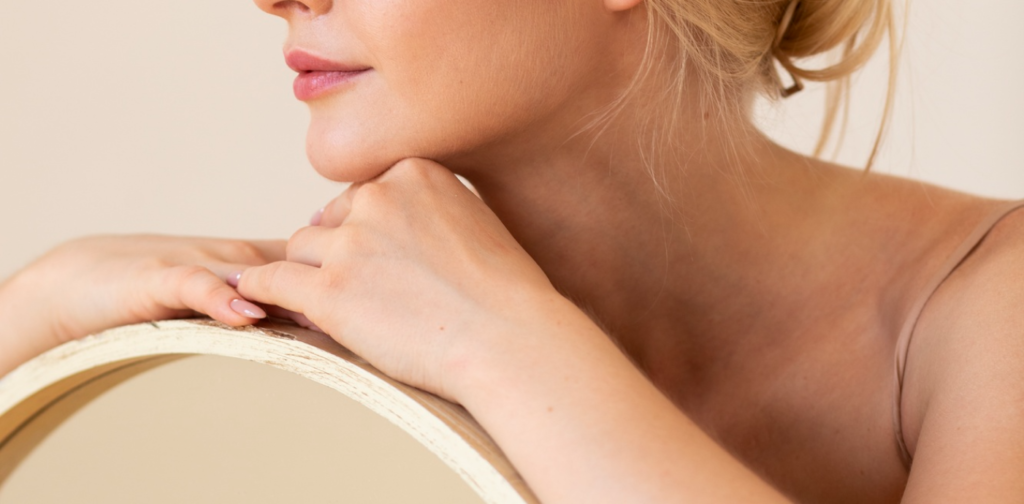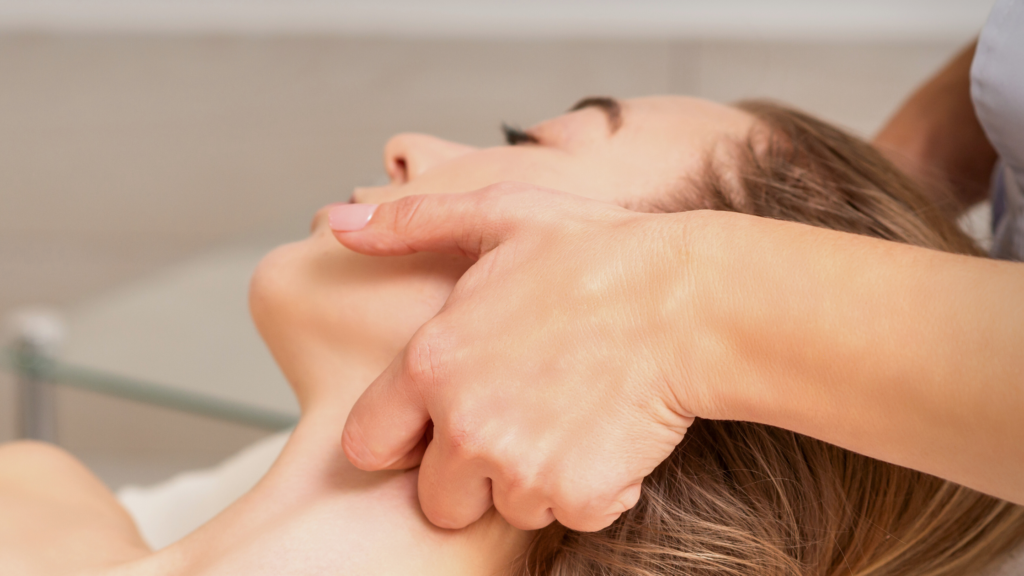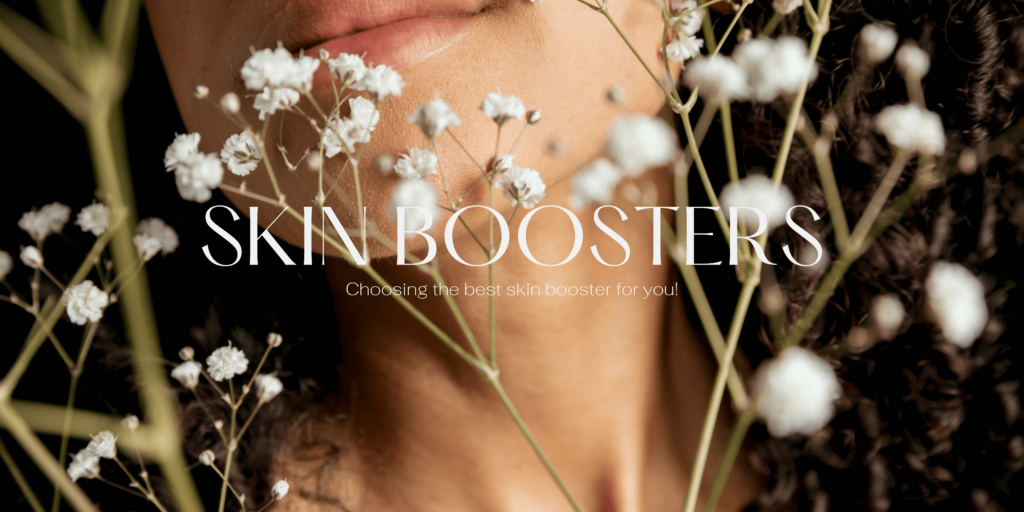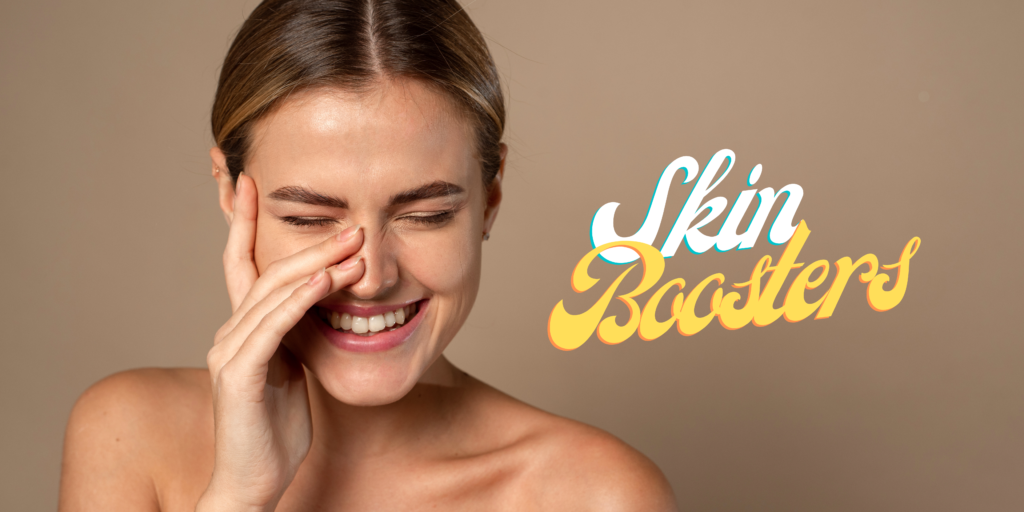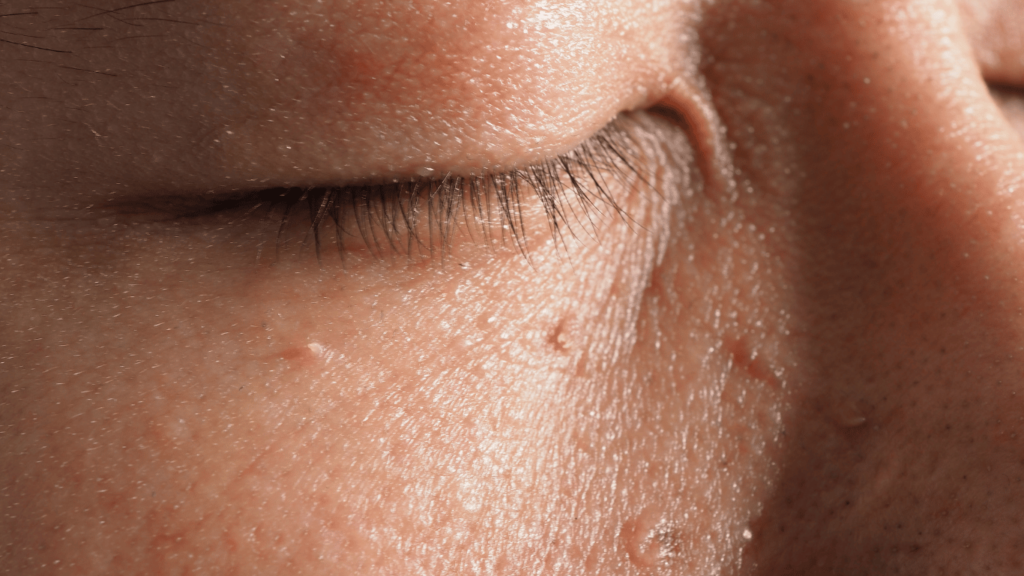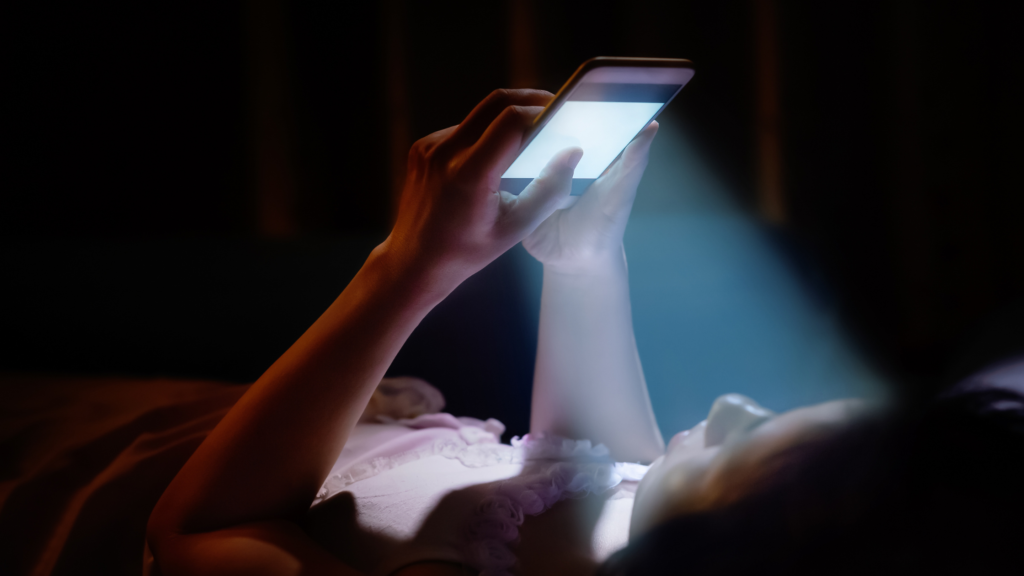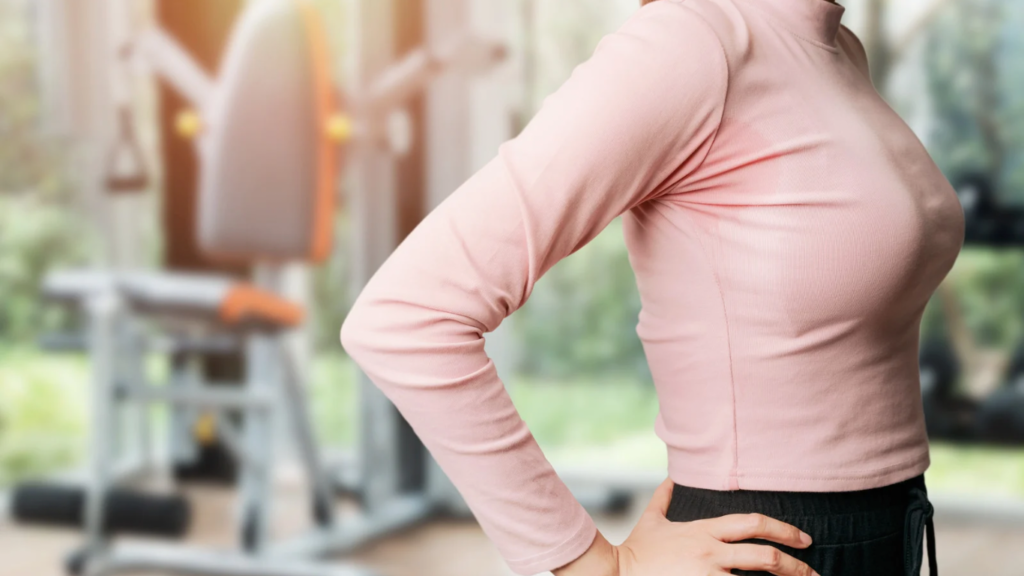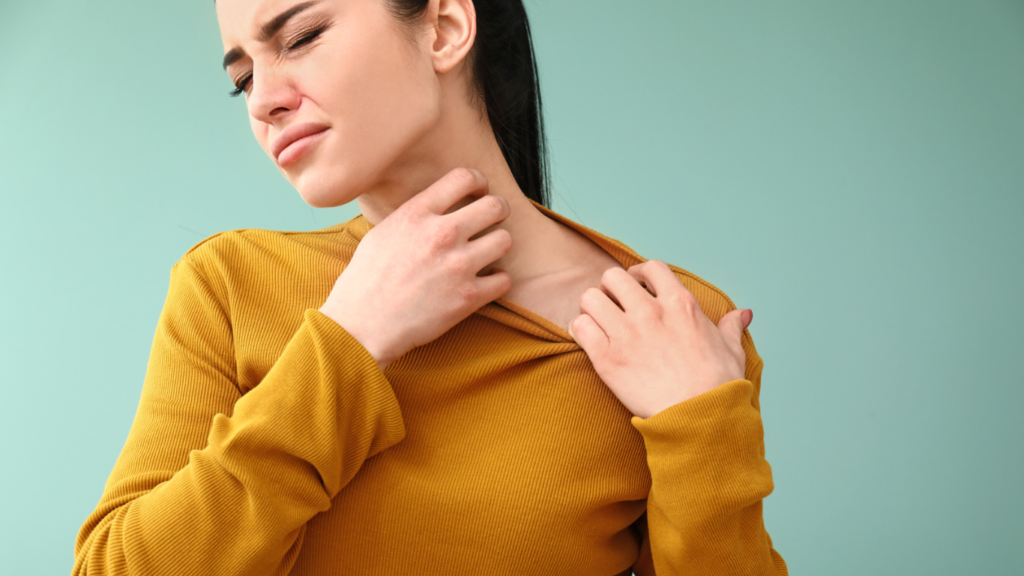In Abu Dhabi, a cosmopolitan city that experiences extreme weather conditions, such as high heat and humidity, as well as air pollution, the health of the skin can be particularly vulnerable. This is where dermatologists play a crucial role in maintaining and safeguarding the skin health of the residents. Dermatologists are medical professionals who specialize in diagnosing, treating, and preventing diseases and conditions that affect the skin, hair, nails, and mucous membranes. They are trained to address a wide range of skin issues, from common skin conditions like acne, eczema, and psoriasis, to more complex conditions such as skin cancer and autoimmune diseases. One of the primary reasons why dermatologists are needed in Abu Dhabi is the high prevalence of skin conditions in the region. The extreme weather conditions, exposure to harsh sunlight, and a diverse population with different skin types and ethnicities make Abu Dhabi a unique setting with its own set of dermatological challenges. For instance, skin conditions related to sun damage, such as sunburn, sunspots, and melasma, are common in Abu Dhabi due to the intense sunlight and high UV index throughout the year. Dermatologists are equipped with the knowledge and expertise to diagnose and treat these conditions effectively, as well as provide preventive measures to minimize sun damage and promote skin health. In addition to sun-related conditions, Abu Dhabi’s population is diverse, comprising people from various ethnicities, skin tones, and cultural backgrounds. Dermatologists are well-versed in managing a wide range of skin conditions that are more prevalent in certain ethnic groups, such as vitiligo in individuals with darker skin tones, or keloids, which are more common in people with African or Asian descent. Dermatologists can provide specialized care and treatment plans tailored to the specific needs of each patient, taking into account their skin type, color, and cultural practices, to ensure optimal outcomes. Furthermore, dermatologists in Abu Dhabi also play a crucial role in diagnosing and treating skin cancers. Skin cancer is a significant public health concern globally, and Abu Dhabi is no exception. With the increasing awareness about the harmful effects of prolonged sun exposure, skin cancer cases have been on the rise in the region. Dermatologists are skilled in performing skin cancer screenings, biopsies, and other diagnostic procedures to detect skin cancer at its early stages when it is most treatable. They can also provide comprehensive treatment options, including surgical excision, radiation therapy, and targeted therapies, depending on the type and stage of skin cancer, as well as provide counseling on sun protection measures to prevent skin cancer recurrence. Another crucial aspect of dermatologists’ role in Abu Dhabi is managing cosmetic dermatology concerns. Abu Dhabi is a city known for its cosmopolitan lifestyle, where the importance of physical appearance and grooming is highly valued. Dermatologists can offer a wide range of cosmetic procedures, such as Botox, dermal fillers, laser treatments, and chemical peels, to address aesthetic concerns like wrinkles, fine lines, hyperpigmentation, and scars. They can provide safe and effective treatments that are customized to the individual’s needs and preferences, while ensuring optimal outcomes with minimal risks and complications. Furthermore, dermatologists in Abu Dhabi are involved in research and education to stay up-to-date with the latest advancements in the field of dermatology. They constantly update their knowledge and skills to provide the best possible care to their patients. Dermatologists also play a crucial role in educating the public about the importance of skin health and promoting preventive measures to maintain healthy skin. They may conduct public awareness campaigns, give lectures, and participate in community events to spread knowledge about skin care, sun protection, and early detection of skin conditions. In conclusion, dermatologists are essential in Abu Dhabi due to various factors, including the high prevalence of skin conditions, extreme weather conditions, diverse population with different skin types and ethnicities, and the growing demand for cosmetic dermatology services. They play a critical role in diagnosing, treating, and preventing a wide range of skin conditions, including sun-related conditions, skin cancer, and cosmetic concerns. Dermatologists in Abu Dhabi are trained to provide specialized care tailored to the specific needs of each patient, taking into account their skin type, color, and cultural practices. They also contribute to research and education to stay updated with the latest advancements in dermatology and raise awareness about the importance of skin health in the community. In a city like Abu Dhabi, where the health and well-being of the population are highly valued, dermatologists are vital healthcare providers who ensure the optimal health of the skin and help individuals maintain healthy, radiant, and beautiful skin. Their expertise and specialized care make them an essential part of the healthcare system in Abu Dhabi, contributing to the overall health and quality of life of its residents. Whether it is diagnosing and treating skin conditions, preventing skin damage, promoting sun protection measures, or providing cosmetic dermatology services, dermatologists play a crucial role in maintaining skin health and enhancing the overall well-being of the people in Abu Dhabi.

